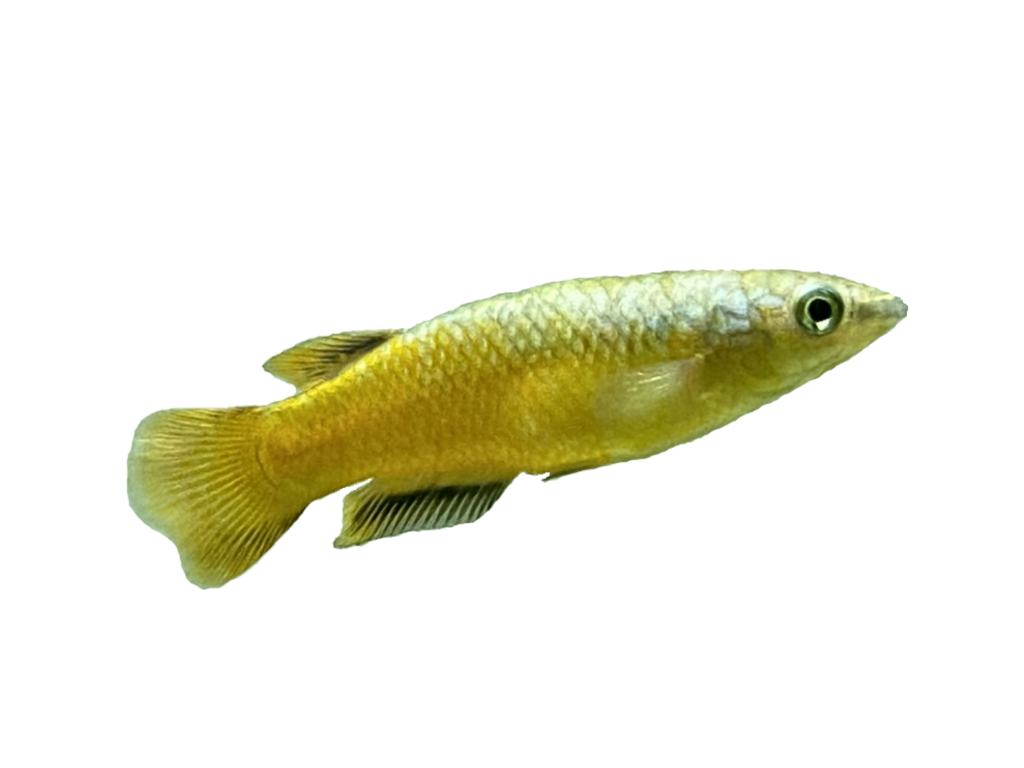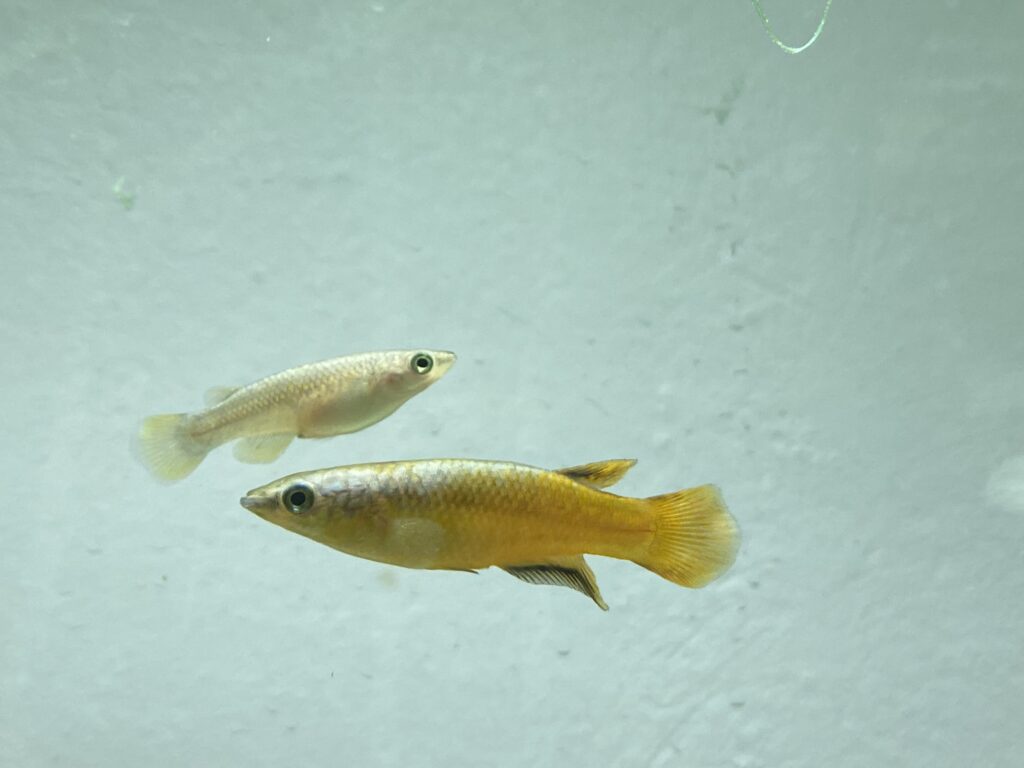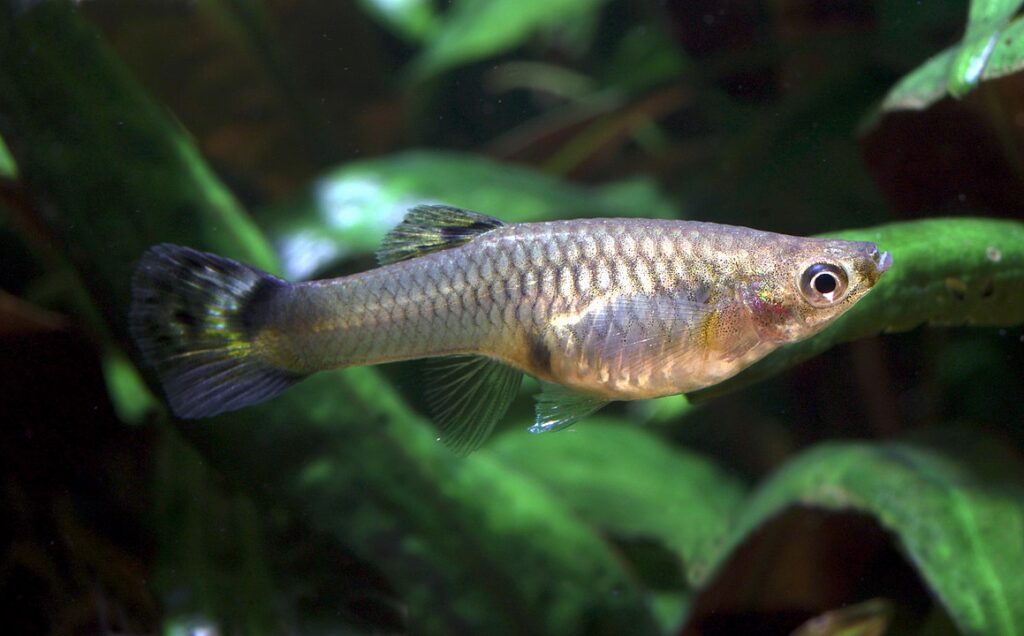Sakaramy killifish
Pachypanchax sakaramyi

Was missing for 70 years
The Sakaramy killifish is named after the Sakaramy River that runs through Northern Madagascar. The fish is endemic to the area around that river, which means it can be found there – and nowhere else on Earth. But it is not that long ago that it was thought that the Sakaramy killifish was completely extinct. After it was scientifically described in the 1920s, the fish disappeared without a trace for many years. Finally, a small group was found in the early 90s. At that time, 5 females and 5 males were captured, to ensure that a small population is kept alive in aquariums, in case the species becomes extinct in the wild. It is from these 10 Sakaramy killifish that all living individuals of that species, in private and public aquariums, descend from – also the ones you see in front of you in the aquarium! Luckily, the species reproduces easily in captivity, where it lays many eggs that stick to the vegetation. There is a conservation programme for the Sakaramy killifish, so that the species can one day be returned to its area of origin in Madagascar.

Photo: Jesper Flygare-Malmö Museum
The guppy eats the fry
Many native species of freshwater fish are critically endangered in Madagascar. There are many reasons for this, but often it is environmental degradation such as deforestation and road construction, or the introduction of non-native, invasive species. In the case of the Sakaramy killifish, this is exactly the reason. Forests in the area are being cleared, the water is diverted to become drinking water and the invasive guppy fish likes to eat the Sakaramy killifish fry.

Photo: Holger-Krisp-CC-BY
Distribution worldwide
Northern Madagascar.

Threat based on the Red List

Trade regulations
CITES: Not listed.